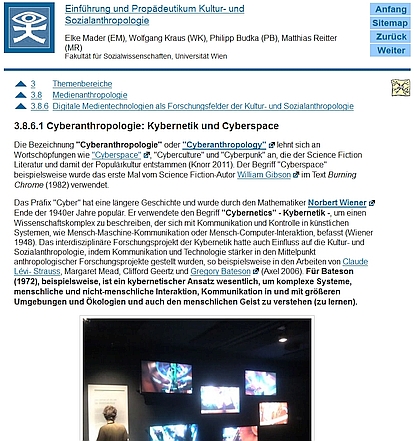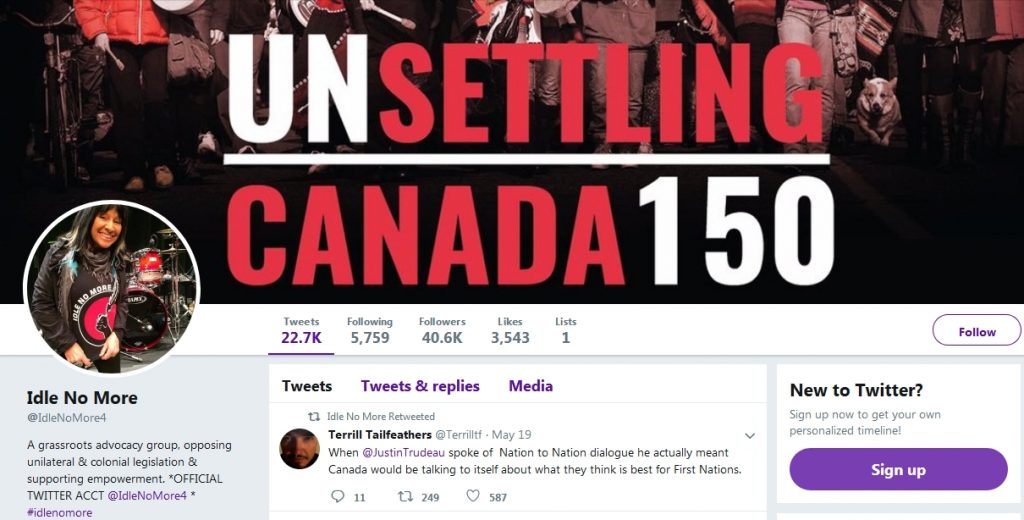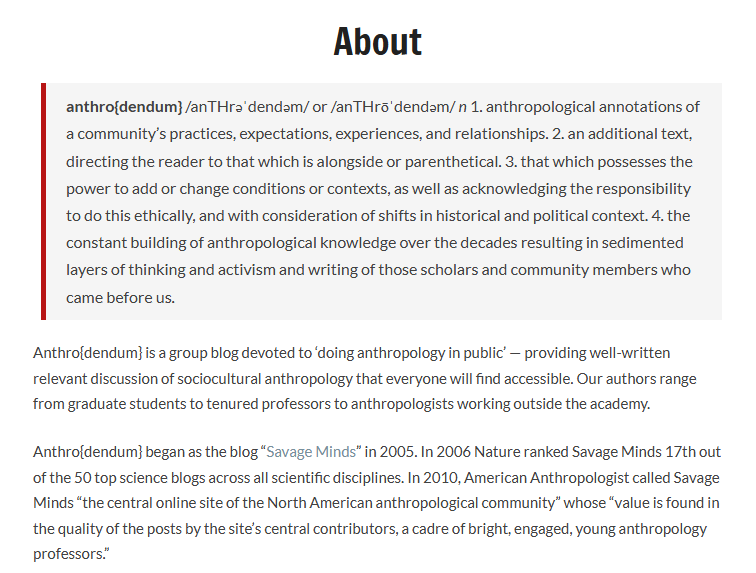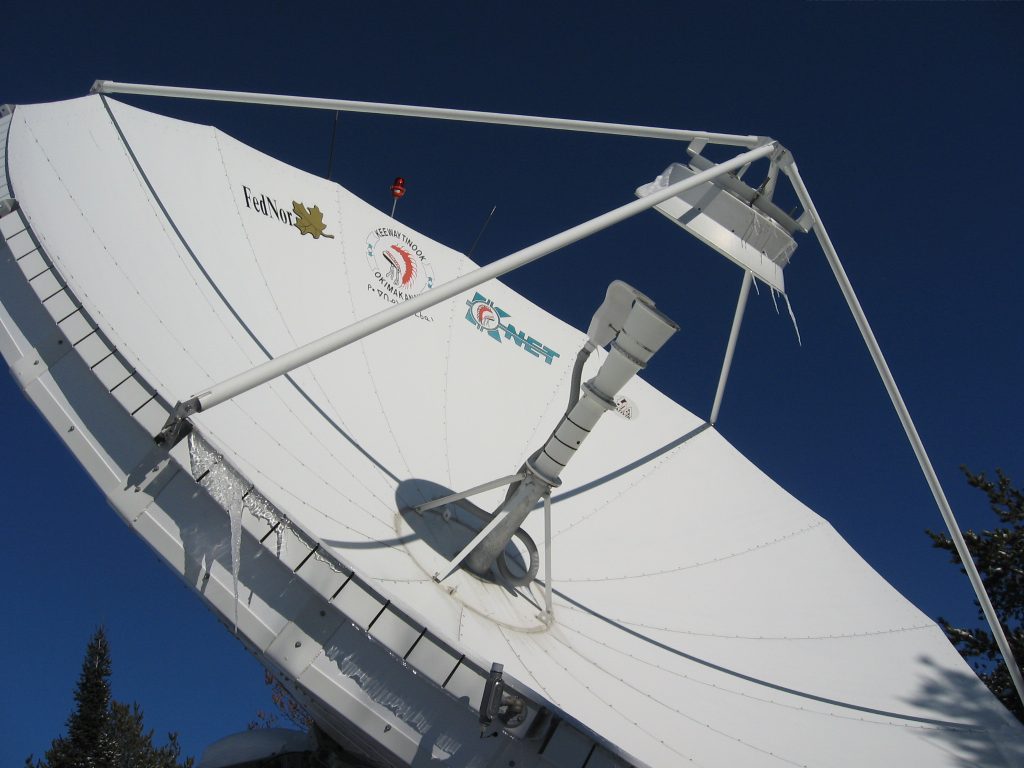Dieser Text wurde 2017 für den Blog der Universität Wien geschrieben; für eine überarbeitete und erweiterte Version des Textes siehe
Budka, P. 2019. Von der Cyber Anthropologie zur Digitalen Anthropologie. Über die Rolle der Kultur- und Sozialanthropologie im Verstehen soziotechnischer Lebenswelten. In: Luger, M., Graf, F. & Budka, P. (Hg.), Ritualisierung – Mediatisierung – Performance. Göttingen: V&R Unipress/Vienna University Press, 163-188.
Die Kultur- und Sozialanthropologie ist längst nicht mehr nur die Wissenschaft von „einfachen“, außereuropäischen Gesellschaften und Kulturen. Seit Jahrzehnten forscht die Kultur- und Sozialanthropologie kulturvergleichend zu komplexen Prozessen, Entwicklungen und Veränderungen in allen menschlichen Gesellschaften und Kulturen. Da war es nur eine Frage der Zeit bis die ersten Kultur- und SozialanthropologInnen begannen sich auch mit digitalen Informations- und Kommunikationstechnologien (IKT), wie dem Internet, Smartphones oder Sozialen Medien, auseinander zu setzen. Die Wiener Kultur- und Sozialanthropologie war dabei – zumindest im deutschen Sprachraum – unter den ersten, die sich mit den Verbindungen und Zusammenhängen zwischen digitalen Medientechnologien und soziokulturellen Phänomenbereichen aus spezifisch anthropologischer/ethnologischer Perspektive befassten.
In diesem Blogbeitrag gehe ich der Frage nach, welche Rolle die Kultur- und Sozialanthropologie in der Untersuchung und in weiterer Folge im Verstehen digitaler Medientechnologien spielt. Andere Aspekte der Digitalisierung dieser Disziplin – wie z.B. computerunterstützte Forschungsprojekte und -methoden, neue Publikationsmöglichkeiten durch Open Access, neue Wege der Präsentation und Kommunikation von Forschung mittels Blogs oder Sozialer Medien sowie neue Methoden und Strategien für Lernen und Lehre – kann ich hier nicht näher diskutieren.




